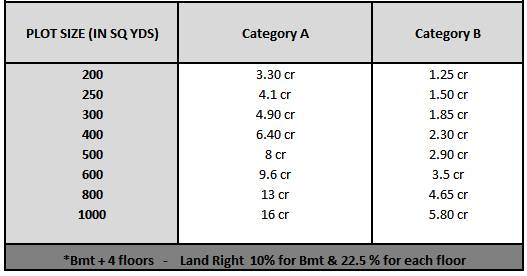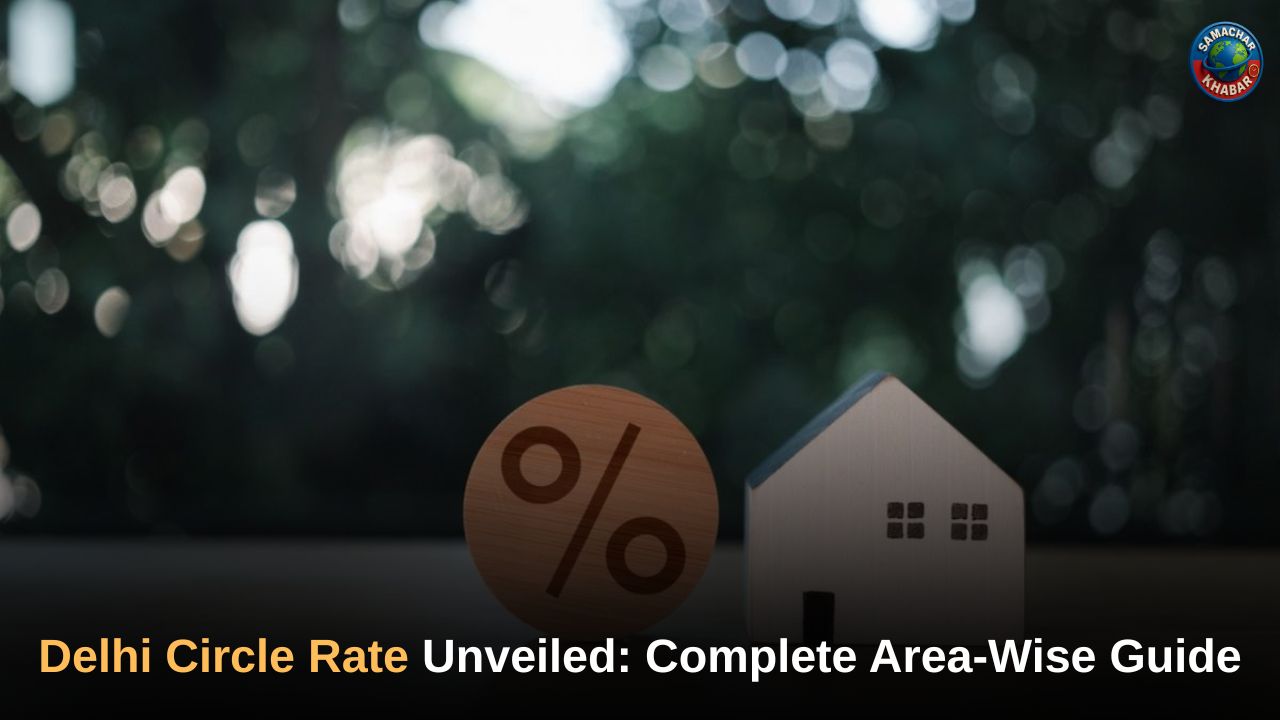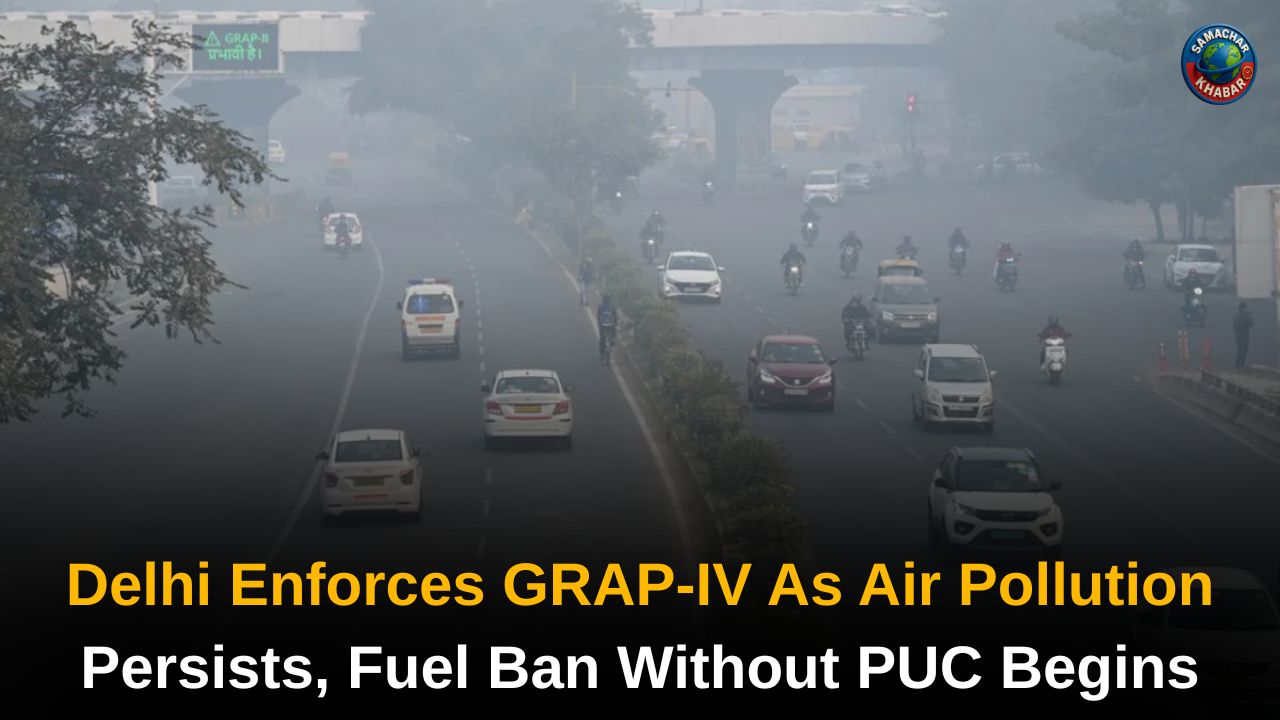Delhi Circle Rate 2025: In 2025, the Delhi government has reaffirmed the use of circle rates as the baseline for property transactions in the capital. These government-set minimum valuations across categories A to H determine stamp duty, registration and overall property value in various localities. With zone classifications and detailed rate tables now available, buyers, sellers and investors must equip themselves with this data to navigate Delhi’s real estate landscape.
Key Takeaways from the Delhi Circle Rate 2025 Update
- Delhi Circle Rate 2025 Categories A-H: Areas are classified from premium (A) to lower value (H) based on location, amenities and infrastructure.
- Residential Land & Construction Costs: Category A land in Delhi is priced at ₹7.74 lakh per sq m and construction cost at ₹21,960 per sq m. Category H land stands at ₹23,280 per sq m and construction at ₹3,480 per sq m.
- Flats and Multi-Storey Apartments: For society or DDA flats up to 30 sq m the rate is ₹50,400/sq m; private builder flats up to 30 sq m at ₹55,400/sq m with multiplying factor 1.1.
- Agricultural Land Rates: Rates vary by district and village type (green belt, urbanised, rural) with values up to ₹2-5 crore per acre in some zones.
- Calculation and Age/Structure Multipliers: Property value = built-up or land area × relevant rate × age factor (e.g., pre-1960: 0.5, 2000 onwards: 1) × structure multiplier (pucca: 1; semi-pucca: 0.75; kaccha: 0.5).
- Checking & Revision Process: The official rates are available on the Delhi Revenue Department website; the last full revision was in 2014 and a fresh committee has been constituted to revisit the structure.
- Impact on Market Rates and Duties: Since stamp duty and registration are calculated based on circle rates (or higher if transaction value exceeds them), rising circle rates increase cost of acquisition and influence market pricing.
How to Check the Latest Circle Rate Updates in Delhi
- Step 1: Go to the official Delhi Government Revenue Department website: https://revenue.delhi.gov.in/
- Step 2: On the homepage, look for and click on the “Notice Board” section.
- Step 3: Inside the Notice Board, navigate to the “Previous Notifications” option.
- Step 4: Choose the year 2014, which marks the last official revision of Delhi’s circle rates.
- Step 5: From the list, open the notification related to revised circle rates and download the PDF file for detailed information.
Note: These figures are for reference purposes only. To stay updated on any new changes, always verify the latest circulars published on the official Delhi Government website.
What Are Circle Rates and Why They Matter in Delhi
The term “circle rate” refers to the minimum value per square metre that the government fixes for a given area and property type ; be it residential, commercial or agricultural. It acts as the benchmark for property registration, stamp duty, and official valuation. While actual market rates often exceed circle rates, failing to take them into account can lead to under-valuation and regulatory complications.
In Delhi, the circle rate affects:
- The minimum price at which a property can be sold or registered.
- The calculation of stamp duty and registration charges typically, buyers pay duty on whichever is higher: declared sale price or applicable circle rate.
- Mortgage and loan evaluations since banks and financial institutions refer to circle rate when assessing property value.
- Tax liabilities: if a property is sold below circle rate, the difference may be treated as “deemed income”.
Category A to H: Delhi’s Zoning for Circle Rates
- The Delhi government has divided the city’s localities into eight categories from A (top-tier, high-value areas) to H (lower value, developing zones). For example:
- Category A includes localities such as Vasant Vihar, Friends Colony, Golf Links, where premium residential land commands the highest rates.
- Category B and C cover well-established residential zones slightly lower in hierarchy, such as Greater Kailash I-IV, Karol Bagh, etc.
- Category H includes areas like Sultanpur Majra which are at the lower end of the valuation spectrum.
This categorization ensures property valuation aligns with locality attributes such as connectivity, infrastructure, amenities, and development status.
Detailed Rate Structure: What Buyers and Sellers Must Know
Residential Land & Construction Costs
According to the sealed 2025 outline:
- Category A land rate: ₹7.74 lakh per sq m; construction cost for residential: ₹21,960 per sq m.
- Category H land rate: ₹23,280 per sq m; construction cost: ₹3,480 per sq m.
This wide differential across categories underlines how vital location and classification are when calculating property value.
Also Read: Delhi Circle Rate Revision Calculator 2025-26: Your Essential Guide & Calculator
Flats and Multi-Storey Apartments
For flats in Delhi the rate varies by size and type:
- For up to 30 sq m, society/DDA flats priced at ₹50,400/sq m; private builder flats at ₹55,400/sq m with factor 1.1.
- For flats above 100 sq m: society/DDA ₹76,200/sq m; builder flats ₹95,250/sq m with multiplying factor 1.25.
Agricultural Land Rates
- Different zones and villages: urbanised, rural or green belt. Example: Rates ranging between ₹2.3 crore and ₹5 crore per acre in select districts.
How to Compute a Property’s Circle Rate Value
- Plot/land: Multiply area (sq m) × applicable circle rate (₹/sq m) for that category.
- Built-up property: Built-up area × construction cost per sq m × age factor (0.5-1 scale) × structure type multiplier (pucca, semi, kaccha).
- Typical age–structure factors: Pre-1960 = 0.5; 1960-69 = 0.6; … 2000 onwards = 1. Plus: Pucca = 1; Semi pucca = 0.75; Kaccha = 0.5.
How the Revision Process is Unfolding in 2025

Though the last full circle-rate revision in Delhi came in 2014, pressure has been mounting to update the structure. This year:
- The government formed a committee under the Divisional Commissioner to review existing rates and make recommendations.
- Public feedback has been sought ahead of finalisation.
- Proposed reforms include sub-categories, re-zoning localities, and potentially both increases and reductions rather than a blanket hike.
Real-World Implications for the Property Market
For Buyers
Understanding circle rates helps anticipate additional costs like stamp duty and registration. If market price is below circle rate, higher tax liabilities may result.
For Sellers
A gap between market price and official circle rate can affect capital-gains calculations and tax treatment of transactions.
For Developers & Investors
Updated circle rates influence project feasibility, pricing strategies and approvals. For example, higher circle rates mean higher acquisition costs or higher floor area ratio (FAR) premiums.
The Road Ahead for Delhi Property Markets
As Delhi’s 2025 circle-rate framework lays out a transparent benchmark across property types and locations, both buyers and sellers must recalibrate their assumptions. With the provisional categorisation from A to H, detailed cost tables and newly-formed revision mechanisms in motion, the real estate sector stands at a tipping point.
For informed property decisions, paying attention to your locality’s category, age factor and applicable multiplier is no longer optional , it is essential.
Spiritual Insight: True Wealth Lies in Satlok
No matter how large a property we acquire on Earth whether mansions, factories, or plots it will remain temporary. If we desire eternal property and everything permanently, true devotion to Satlok is essential, for there our homes already exist. Great palaces await us there, untouched, unlike this temporary world where we have come by mistake.
We may build grand estates, buy plots, or set up industries, but ultimately, we must leave everything behind one day. Our worldly gains are limited by destiny, and engaging in wrongful acts to increase them will bring consequences.
Faith in the Paramatma is vital. Through devotion to the Complete Paramatma and by seeking refuge under a Tatvdarshi Saint, what is beyond our destiny can be attained. This reality is only experienced by following the Tatvdarshi Saint in the present era, Sant Rampal Ji Maharaj. His scriptures-based devotion guides us toward eternal benefit and the true path of salvation. For more knowledge and spiritual guidance, visit www.jagatgururampalji.org
FAQs on Circle Rate in Delhi 2025
1. What is the circle rate in Delhi 2025?
The circle rate is the government-fixed minimum property value in Delhi, used to calculate stamp duty and registration charges for real estate transactions.
2. How is the circle rate in Delhi calculated?
It’s calculated by multiplying the built-up area with the locality’s circle rate and applying the property’s age and structure-type multiplying factors.
3. What are the categories of circle rates in Delhi?
Delhi properties are divided into eight categories (A to H). Category A has the highest circle rate, while Category H has the lowest.
4. When were Delhi’s circle rates last revised?
Delhi’s circle rates for residential and commercial properties were last officially revised in 2014, though a new revision proposal is under government review.
5. How does an increase in circle rate affect property prices?
When circle rates rise, stamp duty and registration charges increase, directly raising the property’s overall market value and purchase cost.

















